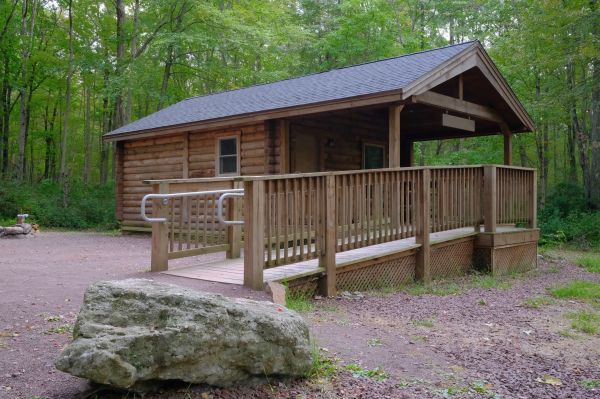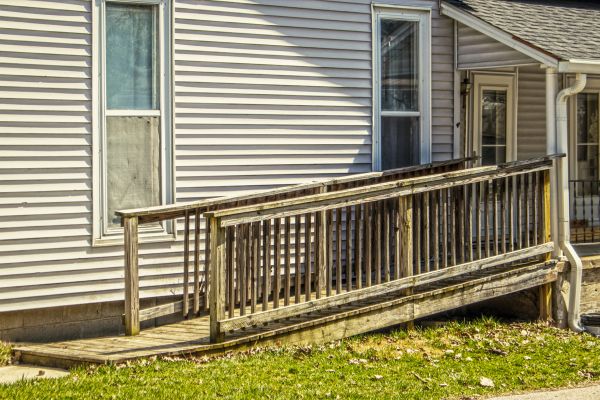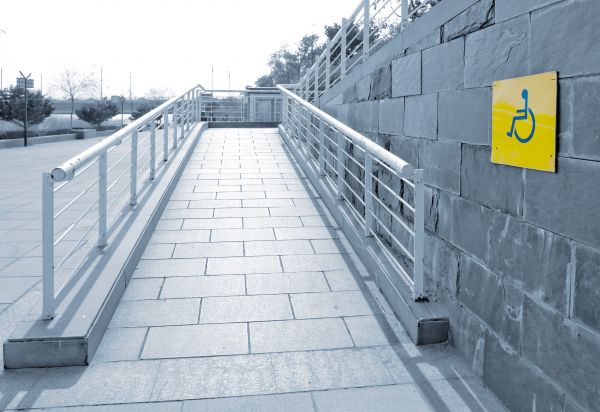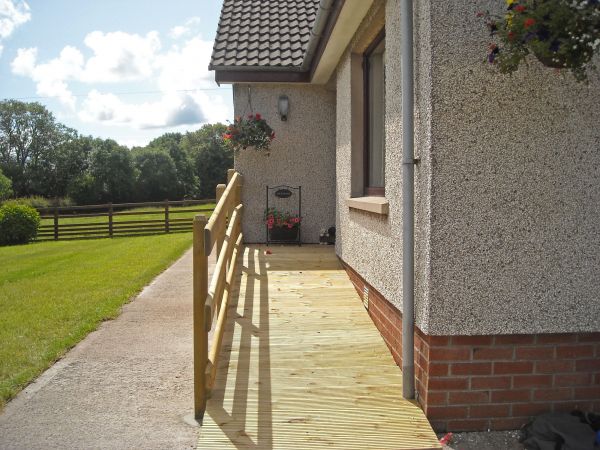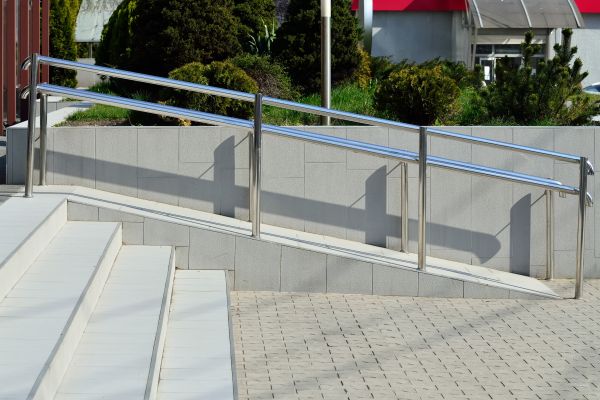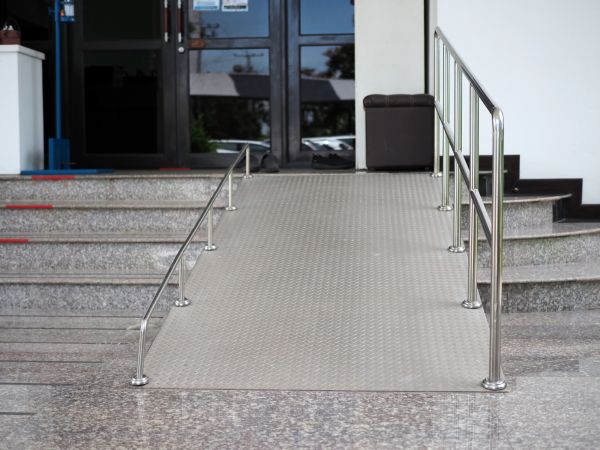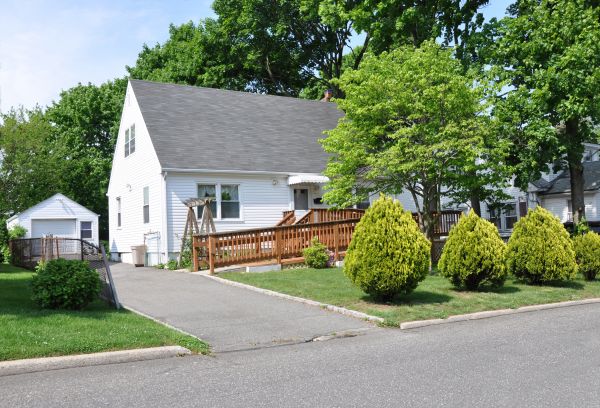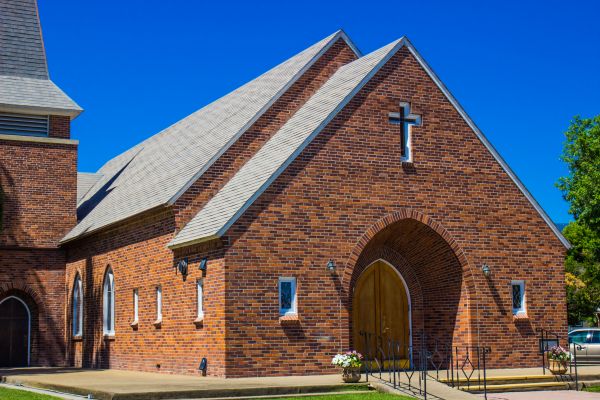Ramp Construction
Connect with experienced local pros.
Ramp Construction plays a crucial role in enhancing accessibility and safety in both residential and commercial spaces. By providing a smooth, inclined surface, ramps facilitate easy access for individuals with mobility challenges, including those using wheelchairs, walkers, or strollers. This not only ensures compliance with legal requirements but also demonstrates a commitment to inclusivity and convenience for all users. Properly constructed ramps can significantly improve the quality of life for individuals by allowing them to navigate spaces independently and with dignity.
Benefits of Ramp Construction
-
Improved Accessibility
Ramps make buildings and spaces more accessible for individuals with mobility impairments. By eliminating barriers such as stairs, ramps provide a smoother transition between different levels, ensuring everyone can access facilities and services without difficulty. -
Enhanced Safety
Ramps reduce the risk of falls and accidents by providing a stable and gradual incline. This is particularly beneficial in wet or icy conditions, where stairs can become hazardous. A well-designed ramp includes non-slip surfaces and handrails for added safety. -
Compliance with Regulations
Many jurisdictions require ramps to meet specific accessibility standards. Constructing a ramp ensures compliance with these regulations, avoiding potential legal issues and demonstrating a commitment to inclusivity. -
Increased Property Value
Properties with accessible features, such as ramps, can appeal to a broader range of potential buyers or tenants. This can increase the property's value and marketability, making it a wise investment for property owners.
FAQs About Ramp Construction
What materials are commonly used for ramp construction?
Ramps can be constructed from a variety of materials, including wood, aluminum, and concrete. The choice of material depends on factors such as location, budget, and aesthetic preferences.
How steep should a ramp be?
The recommended slope for a ramp is typically 1:12, meaning for every inch of height, the ramp should be 12 inches long. This ensures a safe and manageable incline for users.
Do ramps require maintenance?
Yes, regular maintenance is important to ensure ramps remain safe and functional. This includes checking for wear and tear, ensuring non-slip surfaces are intact, and keeping the ramp clear of debris.
Are there specific regulations for ramp construction?
Yes, there are specific guidelines and standards, such as the Americans with Disabilities Act (ADA) in the United States, which outline the requirements for ramp construction to ensure accessibility and safety.
Fill out the contact form today to request Ramp Construction and experience the benefits of professional Ramp Construction, including improved accessibility, enhanced safety, and increased property value.

